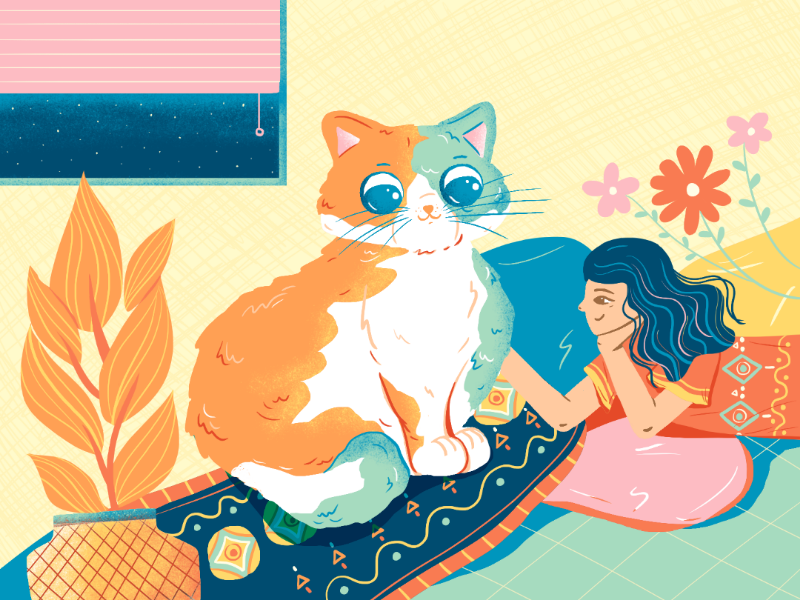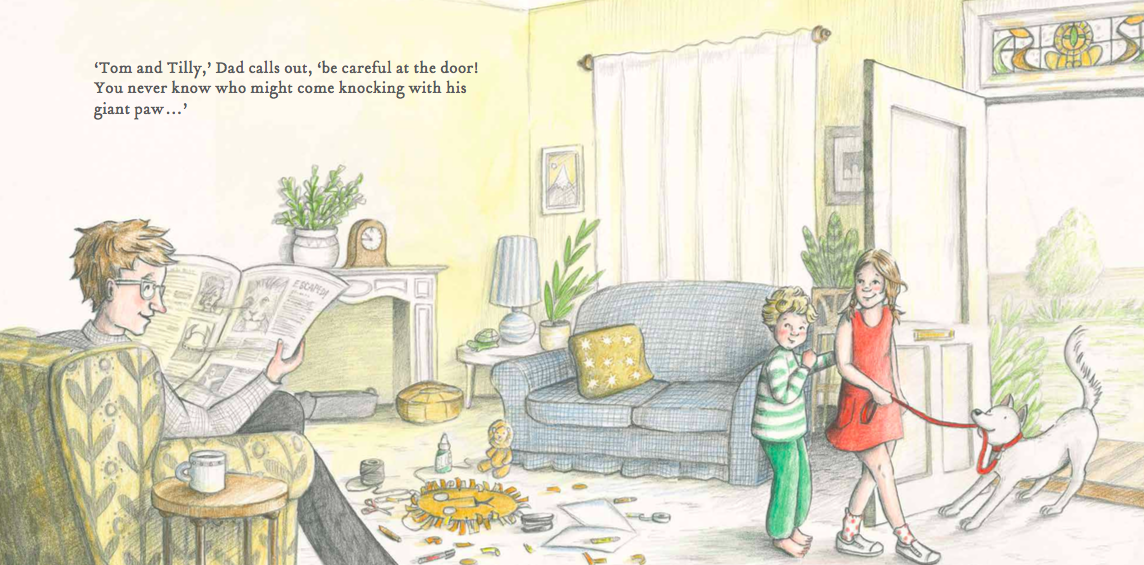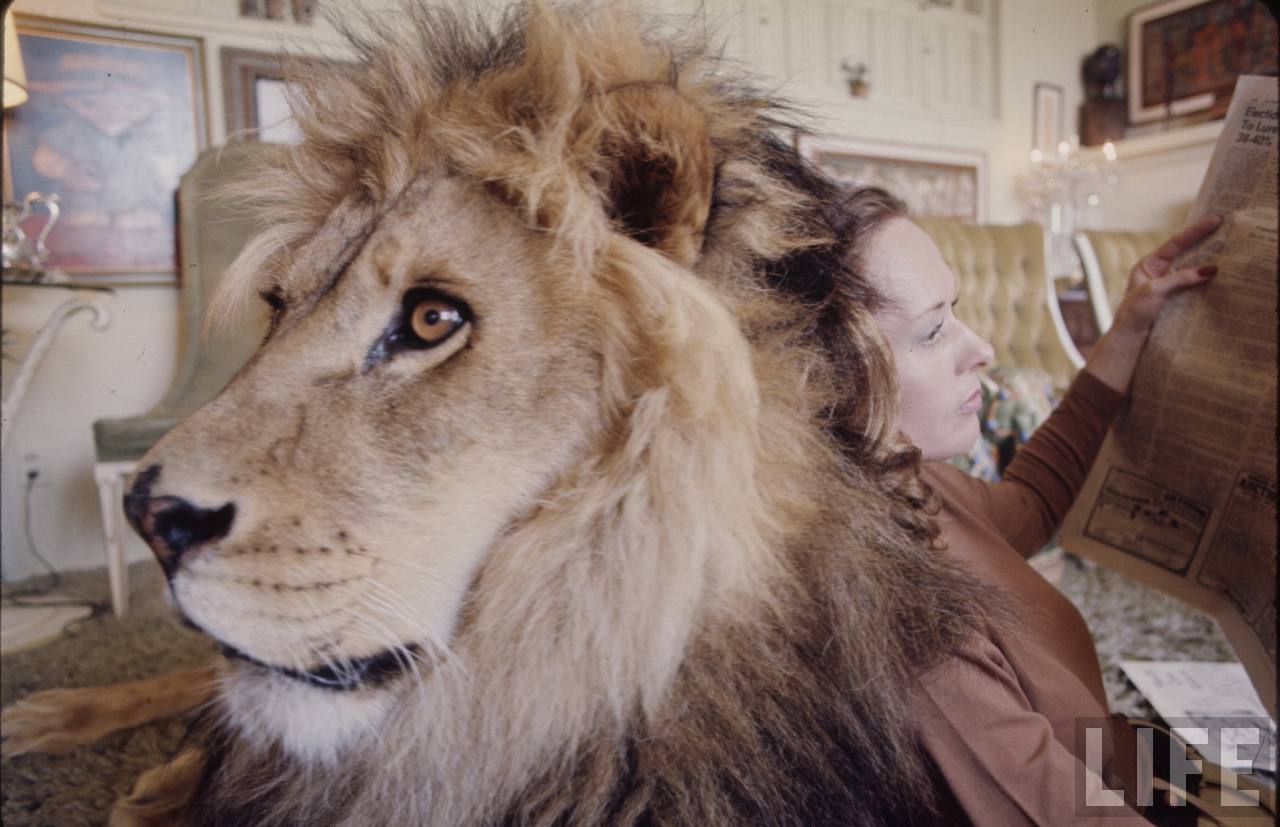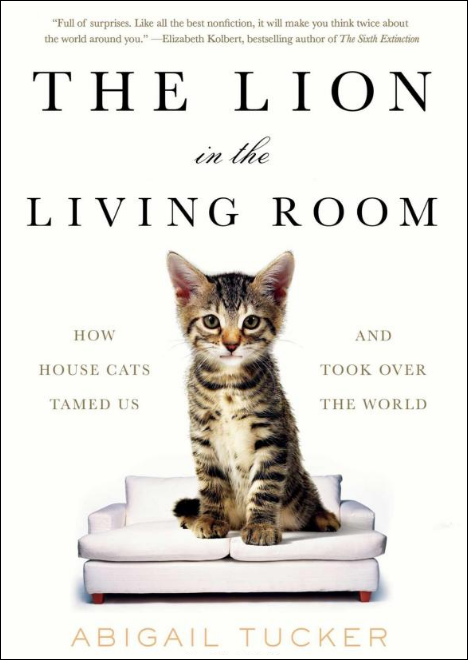Whether you love them or hate them, there's no denying that house cats have taken over our homes and our hearts. But how did these creatures, descendants of fierce wildcats, become the domesticated companions we know today? In her book The Lion in the Living Room: How House Cats Tamed Us and Took Over the World, author Abigail Tucker explores the fascinating history of these mysterious felines and their rise to dominance. Here are 10 intriguing facts about house cats that you'll learn from reading her book.The Fascinating History of House Cats
According to Tucker, house cats are descended from the African wildcat, a species that still roams the deserts and savannahs of Africa and the Middle East today. These wildcats were first tamed by the ancient Egyptians, who worshipped them as gods and kept them as beloved pets. From there, cats spread throughout the world, hitching rides on ships and becoming valued for their ability to control rodent populations.The Evolution of Cats
As Tucker delves into the psychology and behavior of house cats, she uncovers some surprising similarities between them and humans. For example, cats have a similar range of emotions to humans, and they even produce the same hormones responsible for feelings of love and attachment. This helps explain why we often feel such a strong bond with our feline companions.The Surprising Similarities Between Cats and Humans
Many cat owners choose to declaw their pets in order to protect their furniture and belongings. But according to Tucker, this practice is actually quite controversial and can have negative consequences for cats. Because declawing involves the amputation of a cat's toes, it can cause lasting physical and psychological damage. Tucker urges readers to consider alternative methods of protecting their furniture, such as scratching posts and nail caps.The Controversial Practice of Declawing
Throughout history, cats have been associated with women, and this has led to the stereotype of the "crazy cat lady." But Tucker argues that this stereotype is unfair and often used to dismiss and belittle women. In fact, the bond between women and cats is a strong and special one, with many women finding comfort and companionship in their feline friends.The Rise of the Cat Lady
As much as we love our house cats, they can have a devastating impact on wildlife, especially in areas where they are allowed to roam freely outdoors. Tucker discusses the controversial issue of outdoor cats and their role in the decline of bird and small mammal populations around the world. She also explores the efforts being made to protect and conserve vulnerable wildlife from the effects of outdoor cats.The Impact of Cats on Wildlife
Most cat owners are familiar with catnip, a plant that seems to drive cats into a state of euphoria. But what is it about catnip that has such a powerful effect on these animals? Tucker delves into the science behind catnip and explains how it interacts with a cat's brain to produce such a strong reaction. She also explores the potential uses of catnip for therapeutic purposes.The Science of Catnip
While dogs are known for their loyalty and obedience, cats have a reputation for being independent and aloof. But as Tucker discovers, there is much more to cat behavior than meets the eye. From the way they communicate with each other to their hunting instincts and territorial behaviors, house cats have a complex and fascinating inner world that is often overlooked.The Mysterious World of Cat Behavior
Despite their small size, cats have long been associated with danger and even death. This idea is perpetuated by sensationalized news stories and urban legends, but Tucker debunks these myths and reveals the truth about cats and their impact on humans. While they may have a knack for hunting and catching small prey, house cats are not the deadly predators they are often made out to be.The Truth About "Killer Cats"
As our relationship with house cats continues to evolve, what does the future hold for these beloved creatures? Tucker explores the ways in which cats are adapting to their changing environment and the role they may play in our lives in the years to come. She also discusses the importance of responsible pet ownership and the need to protect and care for these animals that have become such an integral part of our lives.The Future of House Cats
The Importance of House Design: Creating the Perfect Living Space
 When it comes to designing a house, many people focus solely on functionality and practicality. However, the design of a house plays a crucial role in creating a comfortable and inviting living space. It is not just about having a roof over our heads, but also about creating a home that reflects our personality and lifestyle.
House design
encompasses various elements such as layout, color scheme, furniture, and decor. Each of these components contributes to the overall aesthetic and ambiance of a house. A well-designed house not only looks visually appealing but also has a positive impact on our mental and emotional well-being.
When it comes to designing a house, many people focus solely on functionality and practicality. However, the design of a house plays a crucial role in creating a comfortable and inviting living space. It is not just about having a roof over our heads, but also about creating a home that reflects our personality and lifestyle.
House design
encompasses various elements such as layout, color scheme, furniture, and decor. Each of these components contributes to the overall aesthetic and ambiance of a house. A well-designed house not only looks visually appealing but also has a positive impact on our mental and emotional well-being.
Maximizing Space
 One of the main objectives of house design is to effectively utilize the available space. This involves
creative
and
strategic
planning to ensure that every square inch of the house is utilized efficiently. This is especially important in modern times when the size of houses is shrinking due to increasing land costs. A well-designed house makes the most of the available space, making it feel more spacious and comfortable.
One of the main objectives of house design is to effectively utilize the available space. This involves
creative
and
strategic
planning to ensure that every square inch of the house is utilized efficiently. This is especially important in modern times when the size of houses is shrinking due to increasing land costs. A well-designed house makes the most of the available space, making it feel more spacious and comfortable.
Reflecting Your Personality
 A house is not just a shelter; it is a reflection of our personalities and tastes. The design of a house should be a reflection of who we are and what we love. Whether it's through the choice of
colors
or the
decor
, a well-designed house should speak to our individuality. It should be a place where we feel most at ease and can express ourselves freely.
A house is not just a shelter; it is a reflection of our personalities and tastes. The design of a house should be a reflection of who we are and what we love. Whether it's through the choice of
colors
or the
decor
, a well-designed house should speak to our individuality. It should be a place where we feel most at ease and can express ourselves freely.
Creating a Positive Atmosphere
 The design of a house can greatly influence our mood and emotions. A well-designed house can create a positive atmosphere that promotes relaxation and happiness. For instance, using
warm colors
and
soft lighting
can create a cozy and inviting ambiance, while
bright colors
and
open spaces
can promote energy and productivity. By carefully considering the design elements, we can create a house that fosters positive emotions and enhances our overall well-being.
In conclusion, house design is not just about aesthetics, but also about creating a comfortable and inviting living space that reflects our personality and promotes positive emotions. By carefully planning and considering all the design elements, we can create the perfect living space that we are proud to call our
home
. So the next time you think about house design, remember that it is more than just choosing the right furniture or paint color, it is about creating a home that truly represents who we are.
The design of a house can greatly influence our mood and emotions. A well-designed house can create a positive atmosphere that promotes relaxation and happiness. For instance, using
warm colors
and
soft lighting
can create a cozy and inviting ambiance, while
bright colors
and
open spaces
can promote energy and productivity. By carefully considering the design elements, we can create a house that fosters positive emotions and enhances our overall well-being.
In conclusion, house design is not just about aesthetics, but also about creating a comfortable and inviting living space that reflects our personality and promotes positive emotions. By carefully planning and considering all the design elements, we can create the perfect living space that we are proud to call our
home
. So the next time you think about house design, remember that it is more than just choosing the right furniture or paint color, it is about creating a home that truly represents who we are.





/arc-anglerfish-arc2-prod-pmn.s3.amazonaws.com/public/ZUXCGDHYUZCSPOJEBF7CNUKQJA.jpg)





















